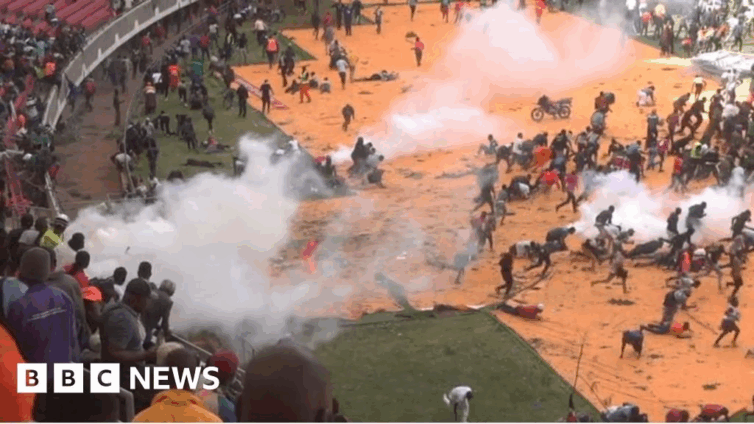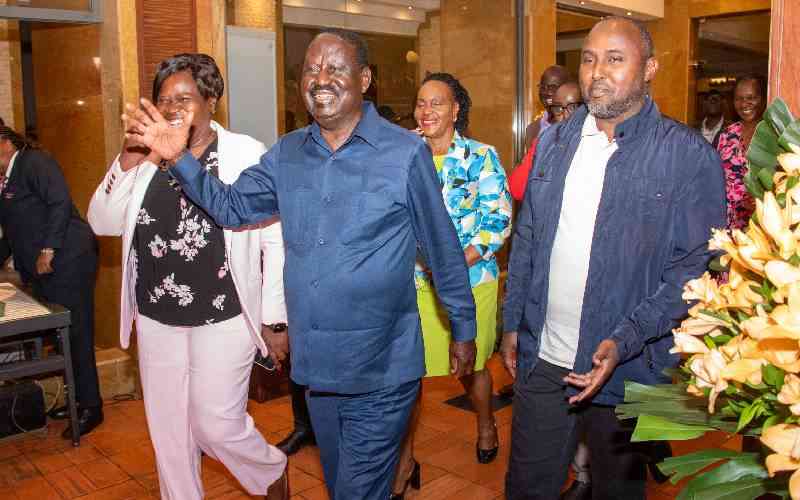Kenya Erupts in Grief and Chaos: Raila Odinga's Funeral Grips the Nation
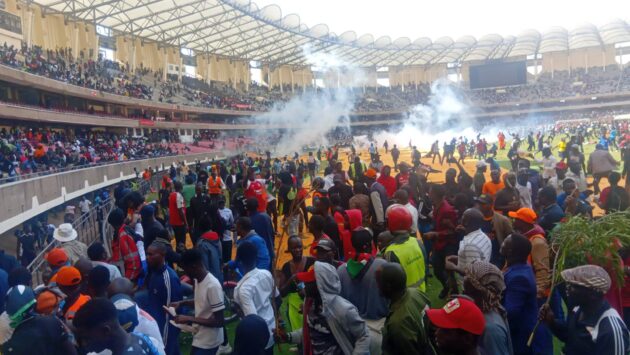
Kenya is mourning the passing of former Prime Minister Raila Amolo Odinga, who died on October 15, 2025, in India at the age of 80. President William Ruto declared a seven-day period of national mourning, with Odinga to be accorded a state funeral with full military honours. However, the public viewing of his body at Nairobi’s Kasarani Stadium on October 16, 2025, descended into tension and chaos as massive crowds of mourners surged, leading to police intervention.
The disorder at Kasarani Stadium erupted when thousands of mourners, desperate to pay their final respects, overwhelmed and pushed through security barriers. Police were forced to fire tear gas and gunshots into the air to regain control of the 48,000-seater stadium, sending people fleeing in panic and causing stampede-like scenes. Interior CS Kipchumba Murkomen and PS Raymond Omollo intervened to halt the police actions. Medical teams from the Kenya Red Cross attended to the injured, with several mourners fainting or sustaining injuries, and at least one person reported unconscious. Disturbingly, a body was recovered from the center of the stadium, and despite efforts by leaders to calm the restless crowd, the atmosphere remained charged, and Raila’s casket, draped in the Kenyan flag, was brought into the stadium but was never viewed by the public.
The funeral arrangements included a state funeral service at Nyayo Stadium on Friday, October 17, 2025, followed by public viewing. The body was then scheduled to be taken to Kisumu on Saturday and buried at his home in Bondo, Siaya County, on Sunday, October 19, 2025. This rapid interment within 72 hours of his death, reportedly Odinga’s wish, sparked a legal challenge. A Luo elder, Michael Onyango Otieno, filed an urgent petition with the High Court, claiming the planned 72-hour burial violated Luo cultural traditions, specifically the "tero yuak" mourning procession, and Article 44 of the Constitution, which protects cultural rights.
On Thursday, October 16, 2025, Justice Chacha Mwita of the High Court declined to stop the burial. Justice Mwita ruled that the petitioner, Otieno, had failed to provide sufficient grounds or witness accounts to demonstrate that the process was contrary to the deceased's wishes or that cultural traditions were being violated, thus not warranting conservatory orders. The matter was scheduled for further directions on October 23, 2025.
Raila Amolo Odinga, known affectionately as "Baba" or "Agwambo," was a central and inescapable figure in Kenya's political narrative for over half a century. Born on January 7, 1945, in Maseno, Nyanza Province, politics was his birthright as the son of Jaramogi Oginga Odinga, Kenya's first Vice President. After early education in Kenya, he pursued Mechanical Engineering in East Germany, returning to establish Spectre International and lecture at the University of Nairobi. However, the repressive Moi regime soon drew him into pro-democracy activism.
The 1980s marked a dark period for Odinga, characterized by political repression and his open criticism of the Moi regime. Accused of treason after a failed coup attempt in 1982, he was imprisoned without trial for nearly a decade, including a brutal six-year stretch in solitary confinement. These years of suffering transformed him into a hardened symbol of resistance, earning him immense credibility among those yearning for a more open society. His brief releases in 1988 were followed by further detentions in 1990 and 1991 for his continued role in the multi-party democracy movement.
The early 1990s heralded Kenya's "Second Liberation," with Odinga emerging as a leading voice in the Forum for the Restoration of Democracy (FORD), which successfully pushed for the reintroduction of multi-party politics in 1991. After FORD splintered, he was elected Member of Parliament for Lang'ata constituency in 1992, a seat he held for two decades. His first presidential bid in 1997 saw him finish third. In a controversial move in 2001, he merged his National Development Party (NDP) with the ruling KANU, arguing for internal reform, but critics viewed it as a betrayal. This alliance was short-lived, as he led an exodus from KANU to form the Liberal Democratic Party (LDP) when President Moi anointed Uhuru Kenyatta as his successor.
In 2002, Odinga played the pivotal role of kingmaker, rallying a united opposition behind Mwai Kibaki with his famous declaration, "Kibaki Tosha!" This led to Kibaki's overwhelming presidential victory, ending KANU's 40-year reign. However, the National Rainbow Coalition (NARC) soon fractured over a broken promise to create a Prime Minister post for Odinga and disagreements over the proposed new constitution in 2005. This fallout set the stage for the tumultuous 2007 election, where Odinga, running under the Orange Democratic Movement (ODM) banner, faced Kibaki. The declared results, amid widespread rigging allegations, plunged Kenya into post-election violence. International mediation led to the National Accord, under which Odinga became Kenya's second Prime Minister in April 2008, holding the position until 2013 and playing a key role in the passage of the progressive 2010 Constitution.
Odinga continued his pursuit of the presidency, contesting and losing in 2013 to Uhuru Kenyatta, 2017 (an election later annulled by the Supreme Court, followed by his boycott of the repeat), and 2022 to William Ruto. Following Ruto's victory affirmation in September 2022, speculation of his retirement proved premature. He transitioned into a continental statesman, notably announcing his candidacy for the African Union Commission (AUC) Chairperson in 2024, a bid supported surprisingly by his former rival, President William Ruto, though he ultimately lost.
Domestically, Odinga remained a formidable figure. Throughout the first half of 2023, he led mass protests, or "maandamano," against the cost of living crisis and controversial tax hikes. These protests culminated in negotiations and the establishment of the National Dialogue Committee (NADCO). In a significant political development following nationwide youth-led protests over the Finance Bill 2024 in mid-2024, President William Ruto dismissed his Cabinet and formed a broad-based government, appointing Odinga’s key allies to Cabinet positions and signing a memorandum of understanding with Odinga to govern cooperatively.
Throughout his extensive career, Odinga faced various controversies. Critics accused him of employing populist politics that sometimes exacerbated ethnic divisions, and he faced accusations regarding the 2007 post-election violence, which he consistently denied, blaming a stolen election. His 2018 "Handshake" with President Uhuru Kenyatta, while seen by supporters as a statesmanlike act, was criticized by others as a self-serving deal that stifled opposition. The subsequent push for constitutional changes through the Building Bridges Initiative (BBI) was also met with criticism and eventually halted by the courts.
Raila Odinga's legacy is complex and multifaceted. Though he never achieved the presidency despite five attempts, few figures have shaped Kenya's political landscape as profoundly. His primary legacy lies in his relentless fight for democratic space and constitutional reform, from the "Second Liberation" to his instrumental role in the 2010 Constitution, pushing for accountability, human rights, and devolution of power. A master political strategist and mobiliser, he nurtured a generation of leaders, and his ODM party remains a dominant force. His epic political saga, marked by both triumphs and defeats, came to a close on October 15, 2025, leaving an indelible mark on the modern Kenyan state.
You may also like...
Food for the Mind: How Diet Shapes Mental Health More Than We Think
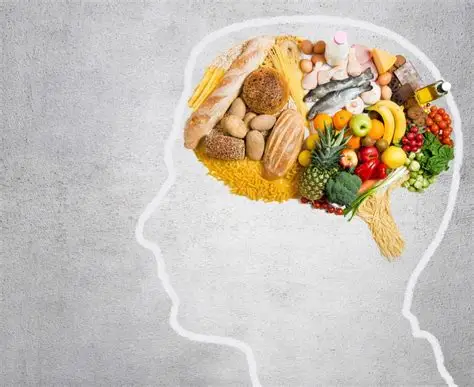
What we eat affects more than our bodies, it shapes our emotions, focus, and resilience. This feature talks on how diet ...
The End of Minimalism: Why We’re Choosing Meaning Over Aesthetic

A cultural shift is redefining modern living: Minimalism is fading, and “Meaningism” is rising, a movement that values c...
Sleep Deprivation: Africa’s Most Overlooked Health Epidemic

Sleep deprivation is quietly sweeping across Africa, undermining health, productivity and well-being. Different lifesty...
The Next Big Discovery Might Be Growing in Someone’s Backyard
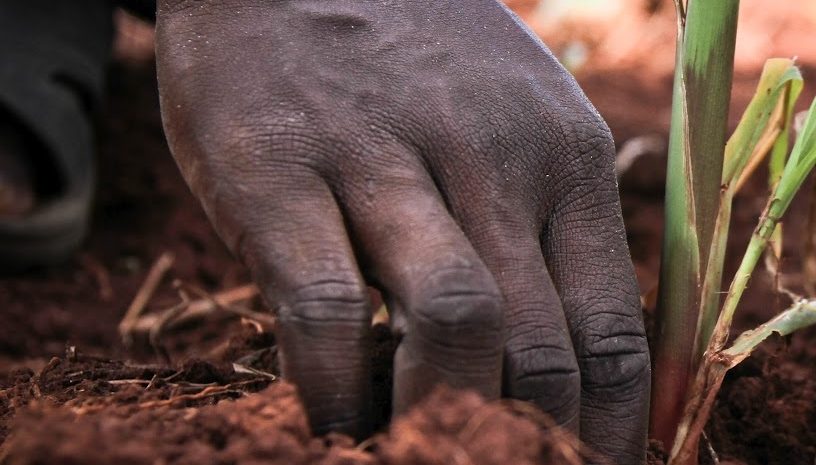
Hidden in gardens, local farms, and village backyards across Africa and beyond, the next major scientific breakthroughs ...
The Grand Egyptian Museum: Re-Engineered History of Africa.
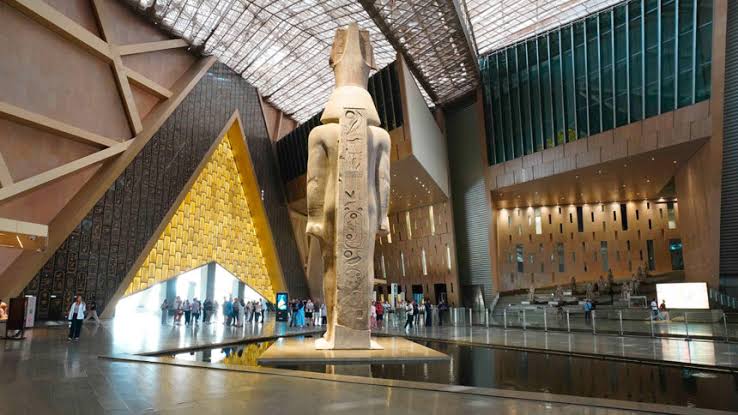
2002 was the genesis of a dream. Egypt opens its Grand Museum in 4days.
NanoFilter: The Tanzanian Invention Turning Dirty Water into Life

Read on how Dr. Askwar Hilonga’s NanoFilter, a Tanzanian nanotech invention, is transforming access to safe drinking w...
The Myth of the Strong African Mother
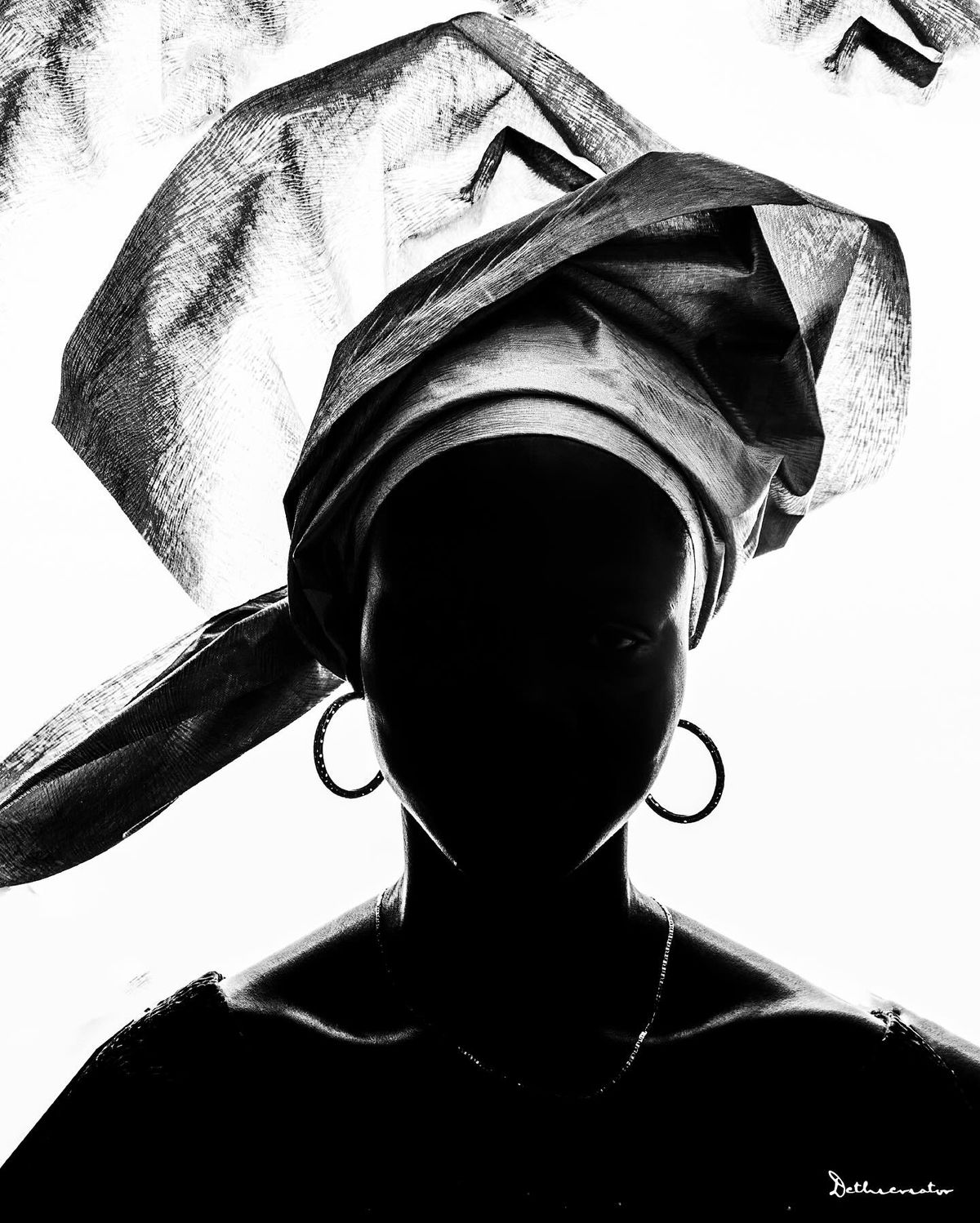
Parenting burnout is becoming an unspoken crisis among African mothers. The pressures of motherhood, cultural expectatio...
The African Dream vs. the American Dream: What Success Means to a New Generation
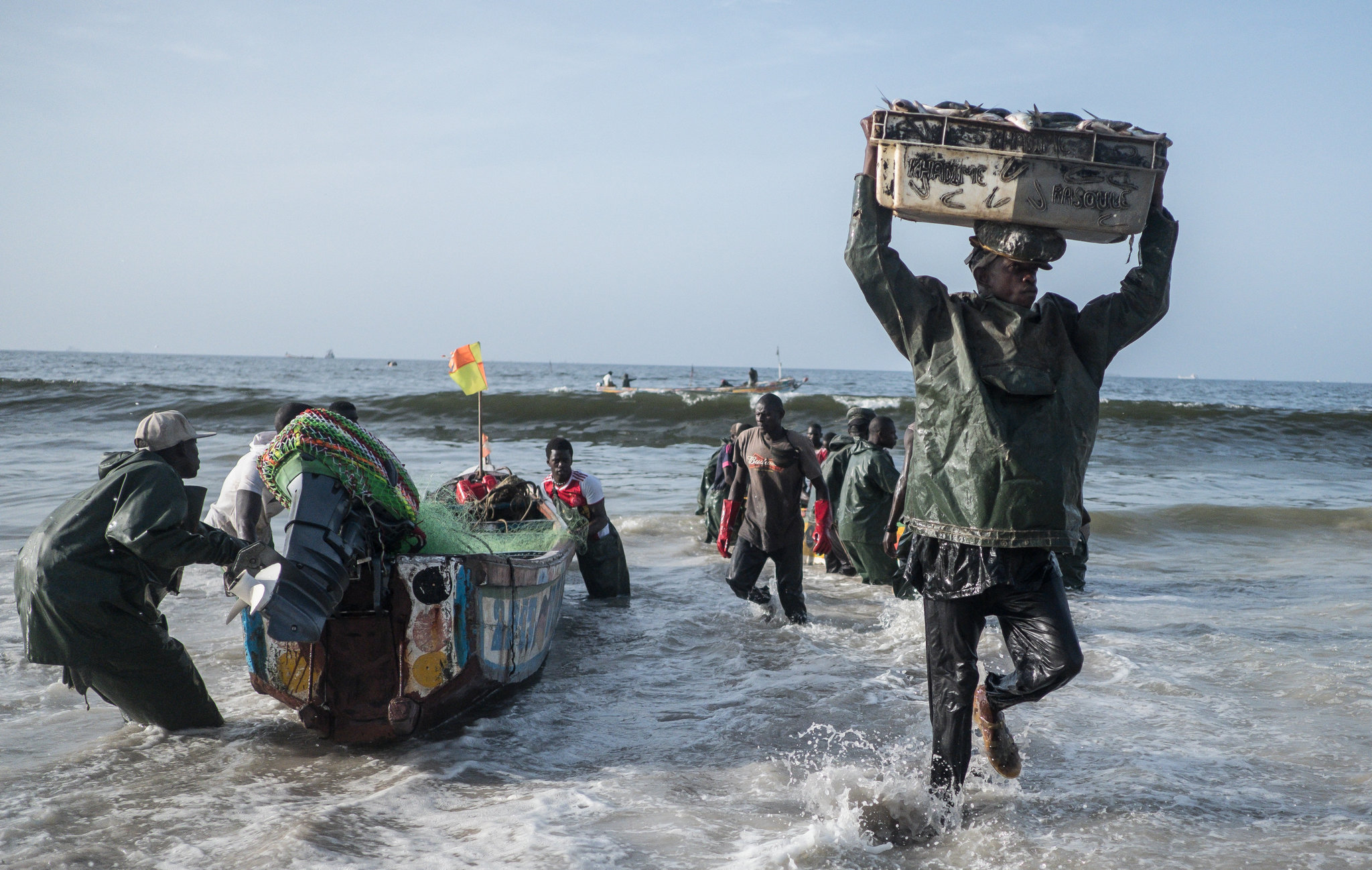
A new generation of Africans is redefining success, turning away from the “American Dream” toward something more local, ...
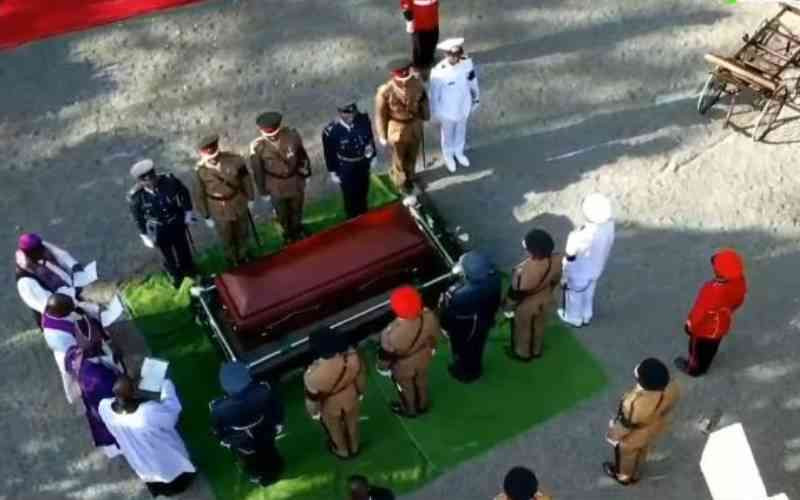
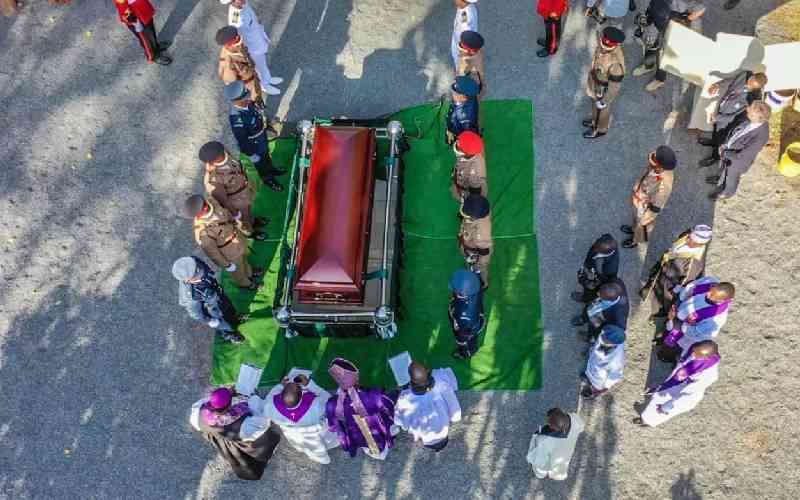
&format=jpeg)
